-
American Goldfinch (1)
-
American Robin (1)
-
Baltimore Oriole (1)
-
Blue Jay (1)
-
Bluebirds (1)
-
Carolina Wren (1)
-
Chickadee (1)
-
Ducks (1)
-
Starling and House Sparrow (1)
-
House Finch (1)
-
House Wren (1)
-
Hummingbirds (5)
-
Northern Cardinal (1)
-
Northern Mockingbird (1)
-
Nuthatch (1)
-
Owls (3)
-
Tufted Titmouse (1)
-
Woodpeckers (6)
Is the Nut House right for you?
Are you feeling squirrely on whether your backyard critters are looking for their fur-ever home? Debating on whether our bushy-tailed friends would appreciate the real estate provided for them? Question no more as we dive into the world of squirrels!

Squirrels play a variety of roles in our backyards. They can be the mischievous thief in our bird feeders and gardens or the free silly entertainment just outside the window. Squirrels have even become unknown residents in your home during periods of harsh weather. While we love squirrels, we may not always want to share everything with them. One way to help keep the call of the wild outdoors is to provide safe shelter options for our little acrobatic friends. At the end of the day, they are still critters looking for a place to rest their heads.
Providing shelter for squirrels can lead to a number of benefits, not only for squirrels but for us too. Squirrels have gotten a bad reputation as being nuisances because of their eating habits and being in the wrong place at the wrong time. They can wreak havoc in gardens and your bird feeders. They can also be homewreckers! Can you believe it? While calling a professional to remove your unexpected guests from the house is always best practice, we can also look at ways to deter them from ever needing to come in for a visit. Squirrels are quite capable of building their own nests; however, there's nothing wrong with helping them to provide shelter for their young and extra protection from the cold. A squirrel house, like a birdhouse, is used to provide areas for shelter for animals. When properly installed, a squirrel house, often called a nesting box, can help to encourage squirrels to stay in their area and out of yours.
We have had several customers use our Ultimate Squirrel Nesting Box for rehabilitation, rehoming and education.

Patty is a rehabilitated squirrel that we had the pleasure of being introduced to last year. Her caretaker, a wildlife rehabilitator, was kind enough to share Patty's recovery journey with us. Patty was discovered with an injury and was taken in to safely recover from it. After making a full recovery, her caretaker knew it was time to start moving Patty back out into the wild. When looking to transition Patty back to the outdoors, her caretaker wasn't sure how she would adjust to being outside again as she was a younger squirrel when found. To give Patty a safe place, and to ease her caretaker's concerns, Patty received a squirrel nesting box as a gift from her caretaker.
Day by day, Patty became more curious about the new box in her cage until one day she decided it was cozy enough to claim as her personal rest and relaxation spot. Knowing that Patty would now have a safe place to retire to when back out on her own, her caretaker felt much better releasing her back into the wild.
Patty isn't the only squirrel nutty enough to check out our Squirrel Houses. We have had several customers share their experiences and their photos of squirrels moving into the Nut House! Our first photo features Earl the Squirrel, who was also a squirrel who was rehabilitated. His caretaker wanted to keep an eye on him so he mounted his house to his deck where he could help watch out for Earl. Our second picture shows a curious but confident grey squirrel surveying the new addition to their tree.

Even our friends, Amy & Rags from Amy & Rags' Wild Squirrel Kingdom, use our nesting box to help in their goal to educate us about the squirrel community across the United States. Tune in to their channel to see the nutty hi-jinks that take place in and out of the house. Shortly after installing our Nut House, a lively red squirrel wasted no time moving into the house and begin building a nest. This newest resident was a welcomed addition to the area and made sure to make their claim on the nesting box immediately. Amy & Rags are wildly passionate about squirrels and make it their mission to help us get to know the squirrels that roam their tree tops!
Many of our squirrel house "landlords" purchase these houses to help rehome squirrels into a safer habitat, however, that is not always the case. These nesting boxes allow not only your squirrels to have a snazzy place to stay but also supply hours of free continuous entertainment for you, your friends and family. Maintenance is simple! Leave your box up all year and clean out old nesting material between nesting seasons. This typically runs from December to February, and then again in late June through August. The life of a squirrel can sometimes feel like all fun and games, but there are a few things to keep in mind when deciding to purchase a squirrel house. Here are our top four things to consider when installing a Squirrel Nesting Box:
- What kind of tree can I place this on? - The placement of the house can be incredibly important to the success of any house or nesting box. The best place to mount your squirrel nesting box is 12-30 feet high in a tree that is at least 10 inches in diameter. These boxes can be pretty heavy, so picking a mature tree that can handle the weight is crucial. Squirrels love branches, so having the box placed near some branches could help put this new property on the map for your local squirrels. Remember that loosening the screw once a year will help to accommodate the growth of the tree.
- Location - Location can help to determine the amount of interest and use your nesting box gets. The most important thing to remember when installing the box is checking to make sure the location is safe. Try to place your box away from any roads, trails and areas of high foot traffic. Be sure to place the entrance hole away from prevailing winds to help protect the squirrels inside. Keep in mind, squirrels tend to have multiple nesting locations. Don't be afraid to look around to see where the action is in your area before installing your house.
- Resources - One thing that should be looked at is making sure you have enough resources in your area. Squirrels have to eat too! One way to keep them out of your bird feeders and gardens is to check that your box is placed near hard wood or nut-producing trees. Many people who have purchased the Nut House also enjoy feeding their squirrels and stock up on bags of our dried Squirrel Corn or Critter Corn. Don't want your squirrels to be too corny? Check out our Whole Peanut Feeder. Offering a place to get a drink can help to encourage squirrels to stick around the area and make the Nut House their fur-ever home.
- Photos - One of my favorite job roles is being an official "Critter Picture Reviewer". While it is not actually an official job title, it is a highly regarded and often sought after position that I hold myself to a high standard in keeping. If you have photos that you would like to share of your Nut House in action, send them over to us at customer_service@jcswildlife.com! We have too many customers wondering if they can share their photos. Don't worry about asking; when it comes to cute photos of critters the answer will always be a resounding, "YES!"
Okay, you caught me, #4 may be a little self-serving but can you really blame me for wanting to see cute wildlife pictures? Who wouldn't want to get pictures of squirrels hanging out in their new spot or storing food for the winter? If you ever have any questions about the JCs Wildlife Squirrel Nesting Box, don't drive yourself nuts wondering. Give our team a call! While the #squirrellife may not be for everyone, the Nut House may be right for you!
No comments
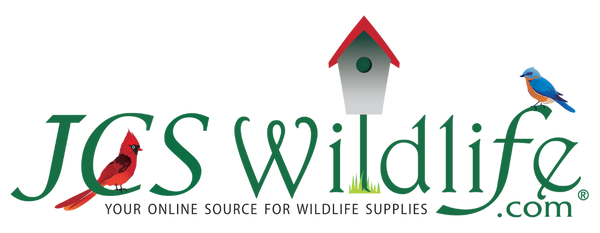
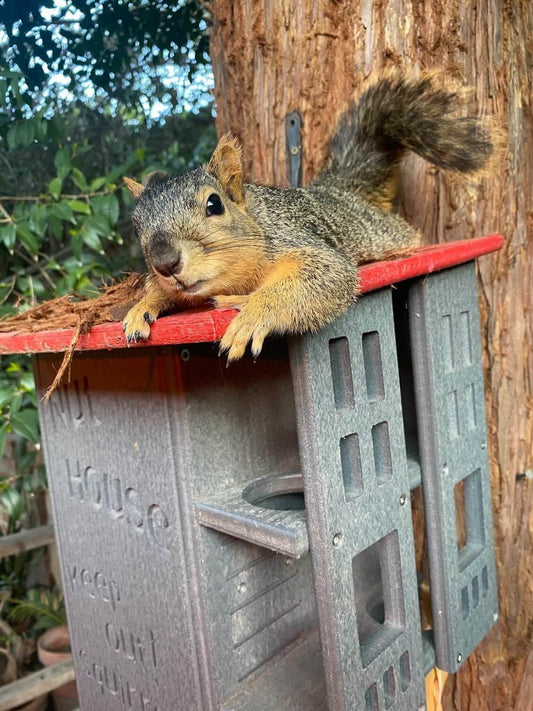
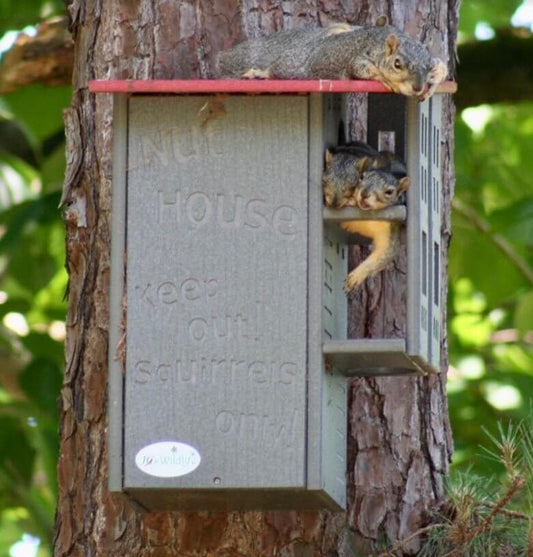
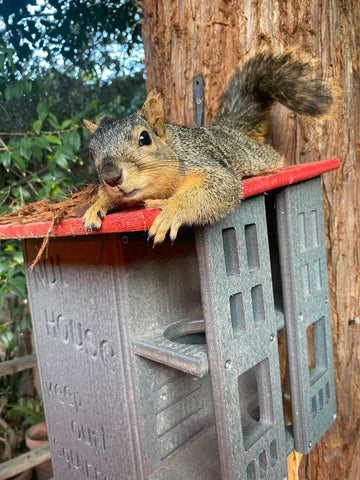

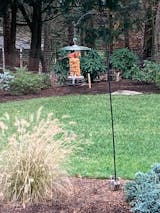
0 comments